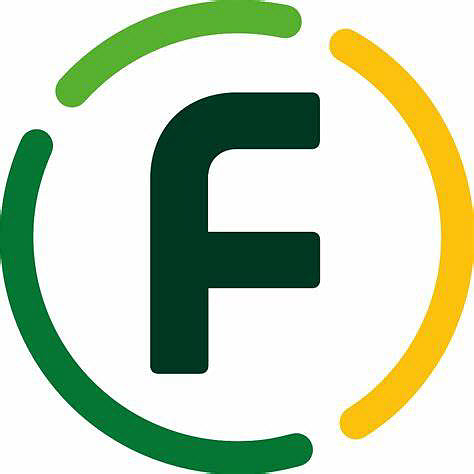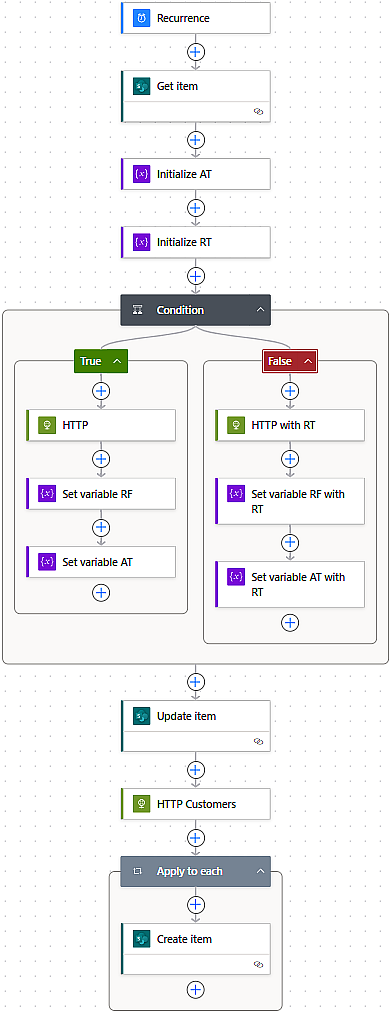Get Fortnox Data to SharePoint with a Flow
A Power Automate tutorial by Peter Kalmström
 Fortnox
is a Swedish company that develops computer software for
financial administration and sells financing services. The
security must be high in such a company, so strong authentication
and authorization mechanisms have been implemented to ensure
that only legitimate users and systems can access the API. Fortnox
is a Swedish company that develops computer software for
financial administration and sells financing services. The
security must be high in such a company, so strong authentication
and authorization mechanisms have been implemented to ensure
that only legitimate users and systems can access the API.
Peter Kalmström, CEO and Systems Designer of kalmstrom.com
Business Solutions, has created a Power Automate flow that
facilitates the authentication process and lets you integrate
your data into SharePoint.
You need access to the Fortnox Developer portal to create
the flow described in the demo below. If you don't have
that, a system admin can contact the Fortnox support and
request a developer license. You also need a Premium Power
Automate license, as the HTTP action Peter uses to interact
with the Fortnox API is a Premium connector.
The codes needed for access are saved in an API SharePoint
list, where the flow can get them:
- ClientID
- ClientSecret
- Base64Creds
- AuthorizationCode
- RefreshToken
- AccessToken
We will get the ClientID and ClientSecret codes when we
create a new integration in Fortnox. The authorization code
is also given in the browser, but to get it, we need to
insert our own ClientID, site and scopes in an URL given
by Fortnox. Then we use that URL to approve of the integration
and get the AuthorizationCode.
The Base64Creds code is created from the ClientID and ClientSecret
codes in an online Base64 Encoder. These four codes are
only needed to get the Refresh and Access tokens in a first
step, and they can only be used once.
 As
long as the flow is run at least once every 45 days, we
can instead use the latest RefreshToken to get an AccessToken
for each authorization. As
long as the flow is run at least once every 45 days, we
can instead use the latest RefreshToken to get an AccessToken
for each authorization.
Flow actions
- SharePoint - Get item, for one item from
the API list.
- Variable - Initialize variable. Two string
variables, for the AccessToken and RefreshToken.
 -
Control - Condition. New Refresh and Access tokens
are needed at each authorization. The RefreshToken creates
the AccessToken, and at each run the flow requests a
new RefreshToken and saves it in the SharePoint API
list for the next run.
However, the first time there is no RefreshToken, so
the flow must have a condition with two cases: if there
is a RefreshToken or not.
- HTTP - HTTP, two actions to request an AccessToken
and RefreshToken. Under True, the dynamic content for
the AuthorizationCode is used in the body. Under False,
the existing RefreshToken is used instead.
One more HTTP action is added after Update item, to
get the Customers data from the Fortnox API.
- Variable - Set variable. Two string variables
under True and two under False, for the AccessToken
and RefreshToken. The values are the values of the AccessToken
or RefreshToken from the HTTP request body.
- SharePoint - Update item for the API
list, to save the new RefreshToken value.
- Control - Apply to each, to loop through
the last HTTP action and get customer names.
- SharePoint - Create item, to add customer
names to the Customers list.
|